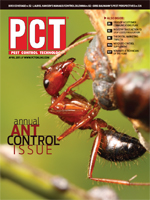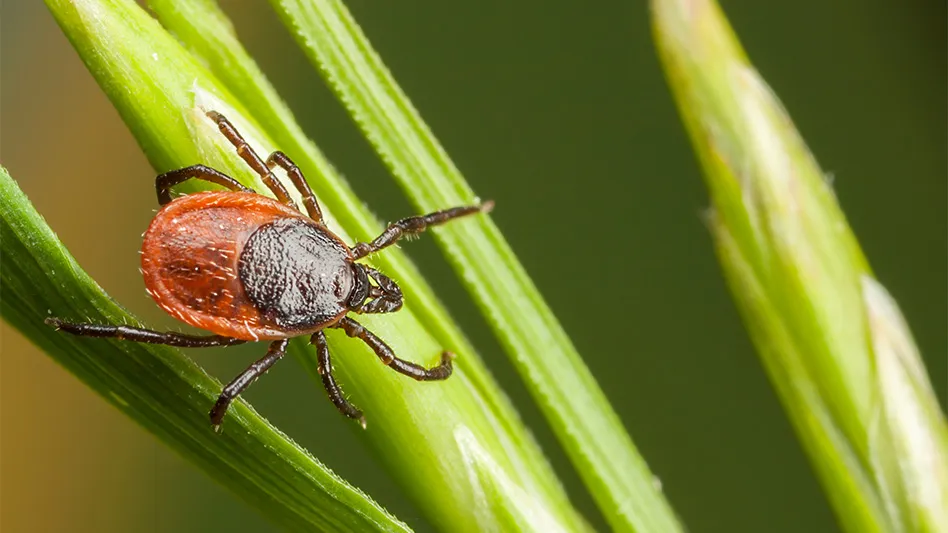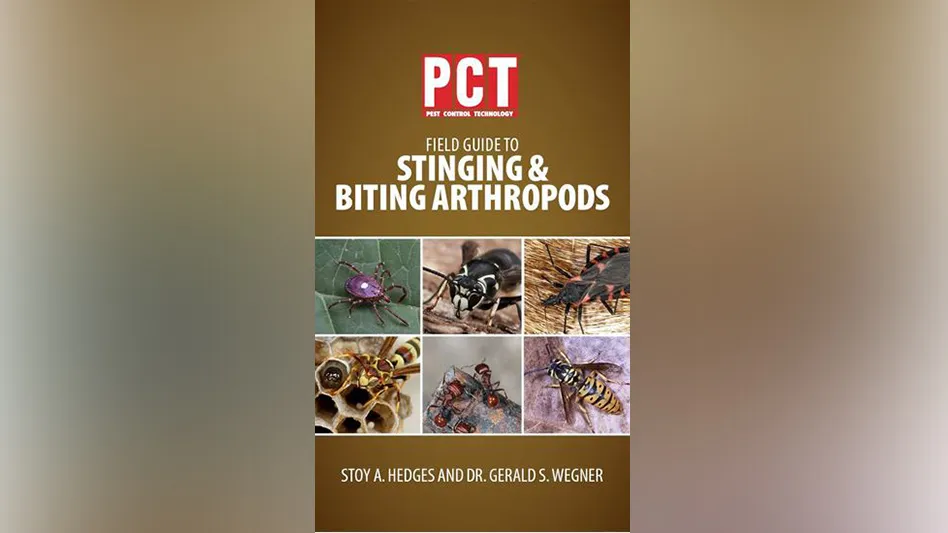Editor’s Note: The following article appeared on Mike Merchant’s blog, “Insects in the City,” which can be found at http://insectsinthecity.blogspot.com. The blog offers readers news and commentary about the urban pest management industry and is excerpted here with the author’s permission.
I think one of the most awesome things our industry does is protect people from disease that can literally destroy a life. It is also a weighty responsibility when we stand between a customer and the threat of disease. Numerous pests that are controlled by our industry have the potential for causing disease in humans. Consider a few examples:
- Rodents are implicated in 55 human diseases. In Texas, murine typhus is on the increase with nearly three-fourths of all U.S. cases occurring in the southern part of our state.
- More than 100 pathogens have been associated with house flies, including Campylobacter and the deadly E. coli O157:H7, and possibly community-acquired MRSA.
- Although it’s been hard to connect cockroaches with outbreaks of human disease, the German cockroach has been shown to be a carrier of at least 60 species of bacteria, fungi, molds, helminths, protozoans and viruses.
- Cockroaches have also been implicated in causing asthma, especially in pre-school-aged children. In older people, definitive evidence shows that cockroach allergens exacerbate asthma.
- Mosquitoes may be the worst, with their frequent association with virus transmission, heartworm (in dogs) and other disease.
WEST NILE STATS.
The Centers for Disease Control and Prevention recently published the annual report on West Nile virus for 2009. Since its introduction into the United States in 1999, West Nile virus (WNV) has become the leading cause of arthropod-borne viral encephalitis in the country. The good news is that the number of WNV cases continued to decline in 2010, with 38 states (and the District of Columbia) reporting 720 cases (down from 1,356 cases in 2009, and a high of 4,156 cases in 2002). The bad news is that Texas continues to lead the country (with nearly a quarter of all cases) in reported neuro-invasive cases of WNV. The term “neuroinvasive” refers to severe cases of the disease that affect a person’s nervous system. These include encephalitis (an inflammation of the brain), meningitis (an inflammation of the membrane around the brain and the spinal cord) and acute flaccid paralysis (an inflammation of the spinal cord that can cause a sudden onset of weakness in the limbs and/or breathing muscles). None of this is something you want to get.
I’ve discussed WNV before in my blog, partly because we have had a number of cases in my Dallas community, but also because WNV is typical of many mosquito-borne diseases which pop up periodically in the United States. I am convinced that our industry can and should be doing more for the public with regard to mosquito control. Although most mosquito control is (appropriately) conducted by county and city health departments or mosquito control districts, PMPs can play an important role in the fight against mosquito-borne disease. Here some of my thoughts on how you can help.
Train your technicians to be on the lookout for mosquito breeding sites when conducting inspections of residential accounts. No one thinks their backyard is the one breeding mosquitoes. It’s always the next-door neighbor or the creek down the street. In one study done by the Dallas County Health Department a few years ago, 25 percent of the folks who called the health department to complain about mosquitoes had mosquitoes breeding in their own backyards. I know from experience that it’s easy to forget to turn over the wheelbarrow or put away the kids’ toys before rain or irrigation water can sit and breed mosquitoes. Having an extra set of trained eyes looking over the yard every month can make a significant difference.
Educate your customers about mosquito control. How to recognize and report problems, explaining the importance of repellents, and reports on the local mosquito situation in your community (maybe through a newsletter, your website or monthly bill inserts) can be a much-appreciated service and increase your value to your customer. A lot of people forget about mosquitoes after the spring tides of floodwater mosquitoes ebb, but as the summer heats up, the risk of mosquito-borne disease actually increases.
Consider including mosquito control among your summertime pest control services. In addition to backyard fogging prior to outdoor events, residual sprays applied to mosquito resting sites (via sprayer or backpack ULV blower) can be very effective. Of course, larviciding in some locations can also be helpful.
Refer your customers to the Mosquito Safari website, at http://mosquitosafari.tami.edu, for more information about mosquito control and how they can find mosquito breeding sites in their own backyards.
The author has been an entomology specialist for Texas AgriLife Extension since 1989. Readers can contact him via e-mail at mmerchant@giemedia.com.

Explore the April 2011 Issue
Check out more from this issue and find you next story to read.
Latest from Pest Control Technology
- Viking Pest Control Organizes a Charity Bike Build for Local Families
- Gaining Control of Structure-Infesting Carpenter Ants
- Big Blue Bug’s Brian Goldman Receives Rhode Island Small Business Person of the Year Award
- UF Researchers Examine How Much Bait it Takes to Eliminate a Subterranean Termite Colony
- Women in Pest Control Group Continues to Grow, Provide Opportunities in the Industry
- NPMA Announces Results of 2024-2025 Board of Directors Election
- Massey Services Acquires Orange Environmental Services
- Hawx Pest Control Wins Bronze Stevie Award for Sustainability





